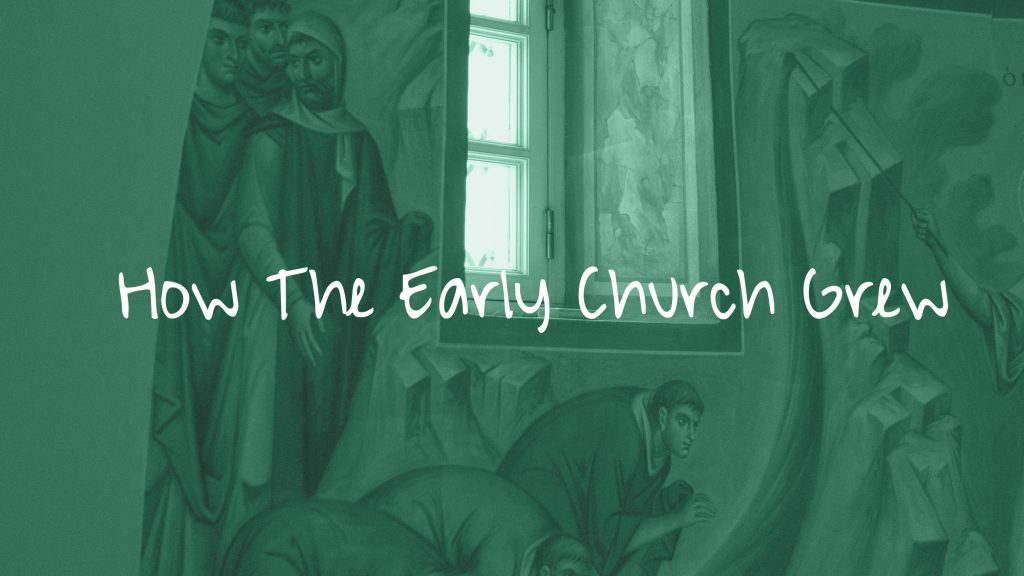|
Getting your Trinity Audio player ready...
|
But grow in the grace and knowledge of our Lord and Savior Jesus Christ. To him be the glory both now and to the day of eternity. Amen (2 Peter 3:18, ESV).
The early church (33 to 300 A.D.) grew spectacularly.
One scholar writes that this early church grew 40 percent each decade for the first three centuries.
Recently, Pew Research reported that large numbers of Americans have left Christianity to identify as atheist, agnostic, or “nothing in particular” and that in a few decades most of our country’s population will no longer consider themselves Christian.
When the early church is studied, it’s amazing that it grew despite political and cultural turmoil and persecution from other religions.
You could say that the atheists, agnostics, and those who believed in “nothing in particular” were no match for the early church.
Why then and why not now? Why was the church growing then but declining now?
The early church didn’t put millions of dollars into buildings and hire a large staff. In fact, in some communities, those who hadn’t shown diligence and discipline in following Jesus were not allowed to attend church meetings.
Yep, deacons “stationed at the door” scrutinized your doctrine, faithfulness, and Christian lifestyle – and if you didn’t pass this “sniff test” you were refused entry.
We wouldn’t or couldn’t do such things today. But they did in the early centuries and the church grew by 40 percent every decade for three hundred years!
The early church also didn’t engage in evangelistic crusades.
In the literature of the first three centuries, there are no documents discussing how to lead someone to Jesus. The early literature did emphasize personal discipleship.
Often, those who showed interest in becoming a follower of Jesus were coupled with disciplers for instruction, encouragement, and lifestyle change before they were allowed to be baptized.
Sort of like Costco® today – buy your membership before you enter the building. Or with the early church, commit wholeheartedly by showing evidence in action before we baptize you, worship with you, or allow you to take the Lord’s Supper.
Okay, enough. Not one dying church in America acts this way. What are we supposed to do? Tear down our buildings, and fire the church staff?
No, we don’t need to go that far; perhaps just return to one-on-one discipleship!
Because of this systematic discipleship, the early church worship services were powerful. Only those committed attended the Sunday services. Worship focused on glorifying Jesus and encouraging believers. Testimonies of spiritual gifts, changed lives, and miracles were often recorded in these early church services.
The church upside down – life in the early centuries, from what we experience in today’s American church.
In my last years as a pastor of a large church, with numerous staff members, and millions of dollars invested in buildings, I would hear parishioners ask why few people accepted Jesus at our weekend church services.
I didn’t tell them …
Well, first we should keep atheists, agnostics, and those who don’t believe in “nothing in particular” from attending. Then, before we allow you to come in next Sunday, an elder will meet you at the door asking if you have read your Bible the past week, not watched more than two hours of TV, and forgiven everyone who cut you off in traffic.
HHHHMMMHHM!
Perhaps just restoring one-on-one discipleship is best!

